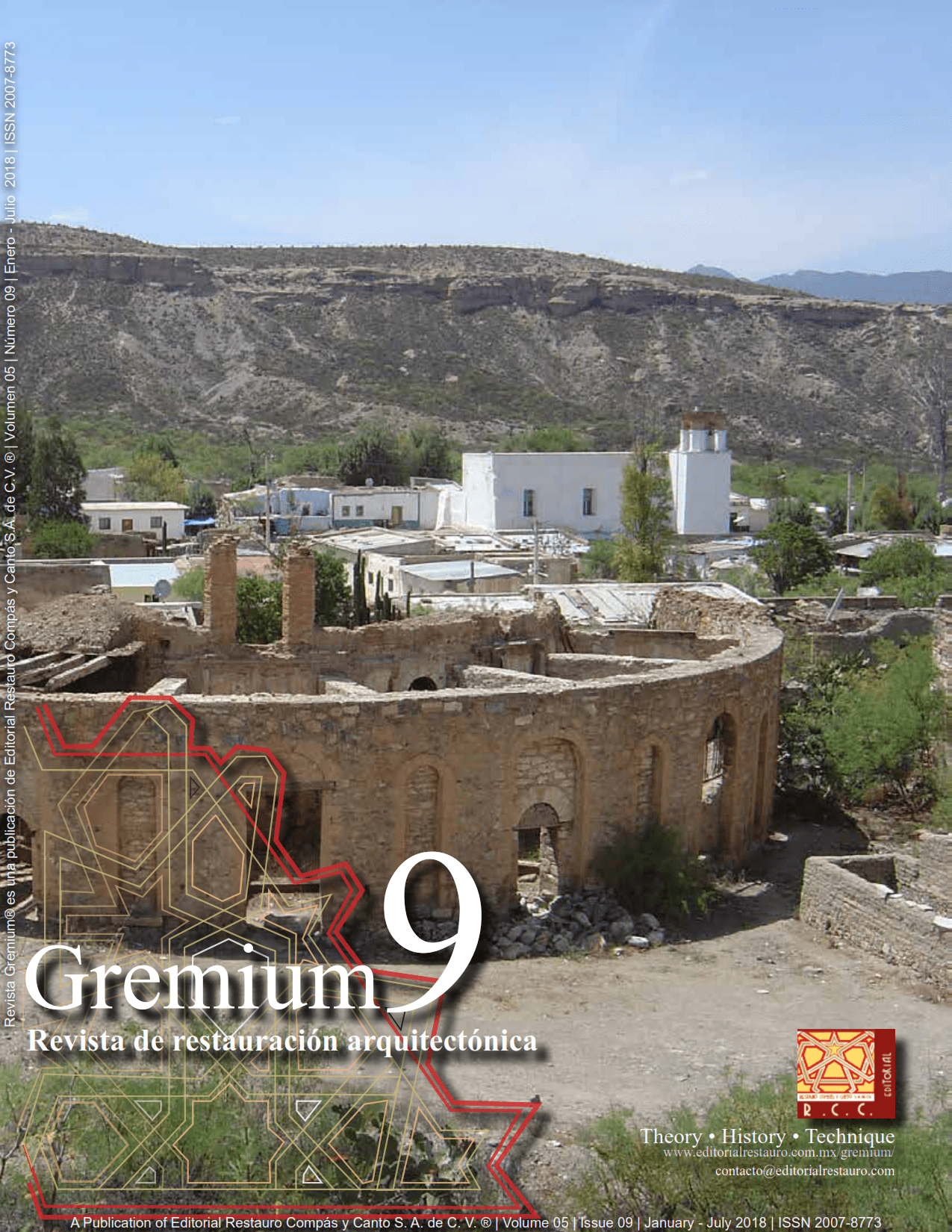Architectural restoration in a Mexican mine landscape: The Carboniferous Region of Coahuila
DOI:
https://doi.org/10.56039/rgn09a06Keywords:
urban history, landscape dislocation, industrial heritageAbstract
The article explores several testimonies of the Coahuilan coal industry, to discuss the possible direction of the architectural interventions in the “hertagization” context. The selective character of the heritage designation implies to identify dynamic situations that had appeared during short time periods and left not only many temporary footprints and vestiges, but also strong signs of persistence. The article offers an historiographic revision of these footprints and vestiges, to reflect around the ethical content that should have the restoration, because of two competing landscape uses: agriculture colonization and coal extraction. A postulate is to put in front a compromise with the future generations, to allow the reflection of the impact of extractivism; and independently from fashion issues like identity building, economic options for closure or cultural industries diversification.
Downloads
Downloads
Published
Issue
Section
License

This work is licensed under a Creative Commons Attribution-NonCommercial-ShareAlike 4.0 International License.























